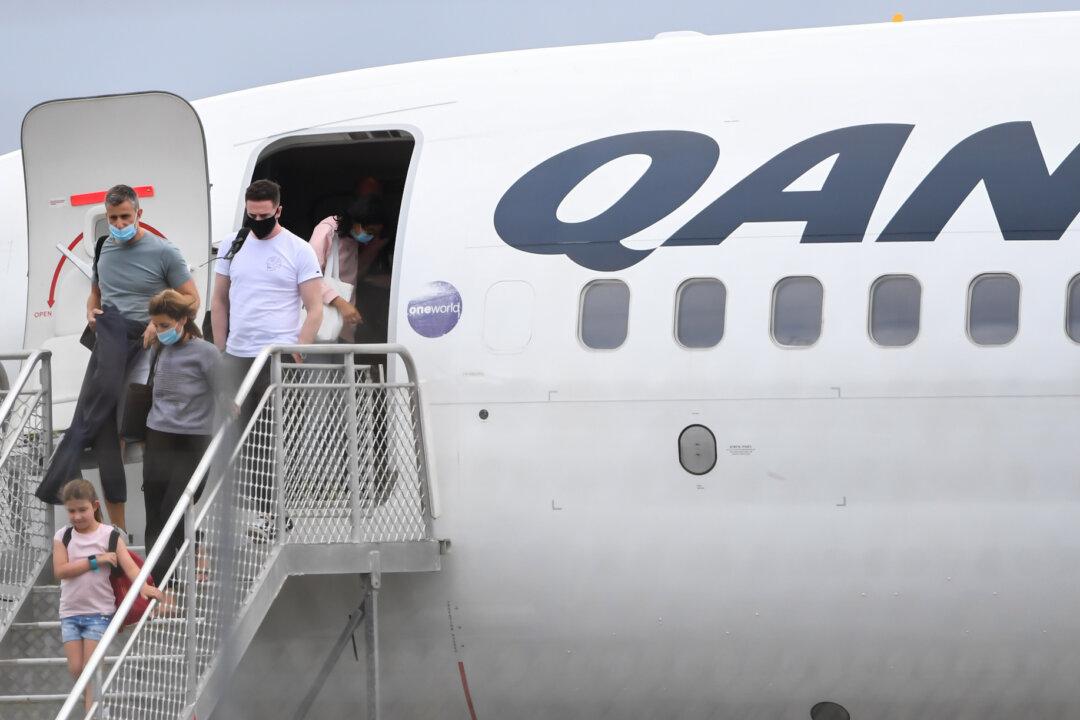A CSIRO’s study has found that surveillance of wastewater samples from flights coming into Australia could effectively screen for infected but asymptomatic individuals for the CCP virus.
The study, which was completed in conjunction with the national airline Qantas and the University of Queensland, found wastewater testing can be effective to screen for passengers for COVID-19 at points of entry.





